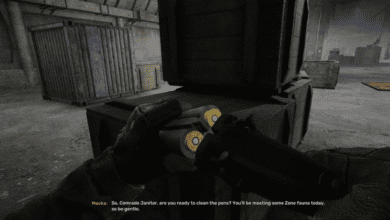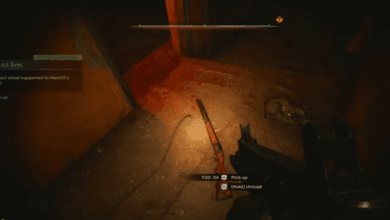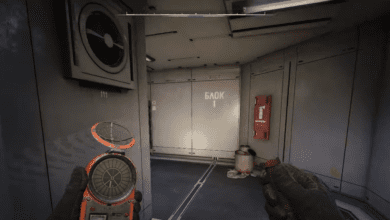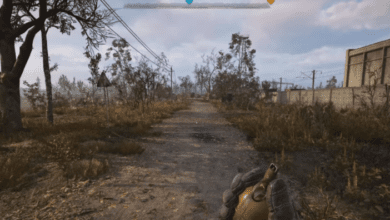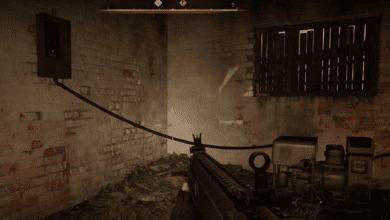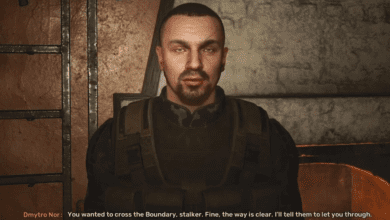Stalker 2: Heart of Chornobyl – How to Manage and Repair Broken Weapons Like a Pro
Key Takeaways:
- Broken weapons aren’t the end of the world: You can repair them or salvage their parts to keep moving forward.
- Stay proactive: Repair your gear before it dips below 50% durability to avoid skyrocketing repair costs.
- Choose wisely: Only repair weapons you love fixing every broken item can drain your resources.
When you’re braving the irradiated wastelands of Stalker 2: Heart of Chornobyl, the last thing you want is for your weapon to jam or become useless in the middle of a firefight. The game’s dynamic combat and weapon mechanics offer unparalleled freedom, but they also come with a catch your gear is not invincible. Every gun, suit, and helmet in the game will degrade over time, eventually breaking if left unchecked.
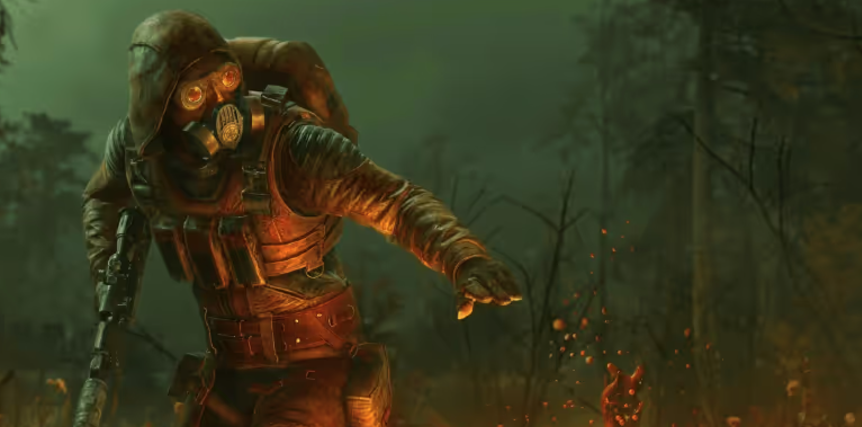
So, what do you do with broken weapons? Should you repair them, toss them, or try something else? This guide will walk you through everything you need to know about handling broken weapons and gear in Stalker 2, ensuring you’re always equipped for the next challenge. Let’s dive in!
Understanding Weapon Durability in Stalker 2
Every weapon in Stalker 2 comes with a durability gauge, which decreases each time the weapon is used. This degradation process happens gradually, but once your weapon’s durability dips too low, you’ll start facing performance issues. Here’s how durability is categorized:
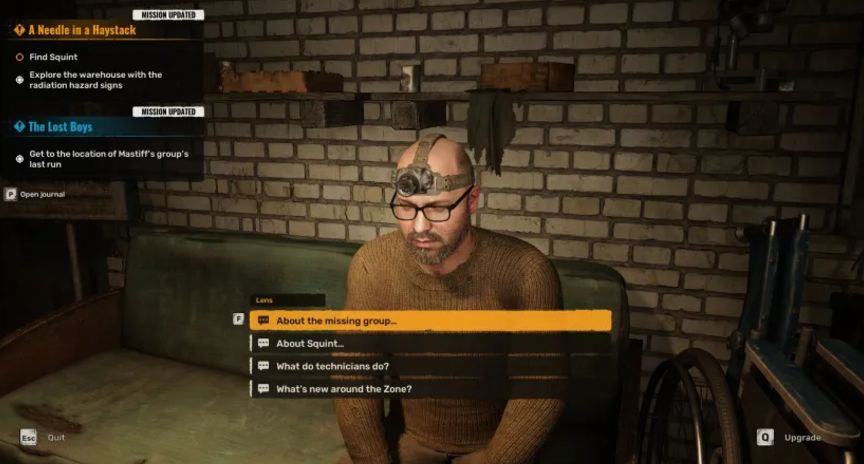
- Green (Optimal): The weapon is fully functional and in good shape.
- Yellow (Worn): Usable but with noticeable drawbacks, such as decreased accuracy or reliability.
- Red (Broken): Virtually unusable and cannot be sold to vendors.
It’s worth noting that this system isn’t exclusive to weapons. Other gear, like suits and helmets, also have durability gauges that degrade over time. However, unlike weapons, you’ll never encounter completely “broken” armor in the wild just gear in various states of wear and tear.
How to Repair Weapons and Gear
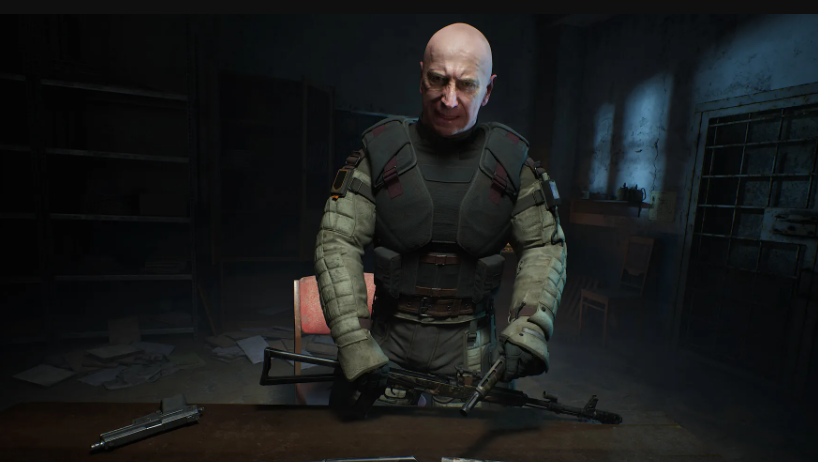
Visit a Technician
When your weapon starts showing signs of wear, the best course of action is to visit a Technician. These skilled professionals are located in major towns and areas with non-hostile NPCs, such as Zalissya, the starting village. Technicians are marked on your map with a wrench icon, making them easy to locate.
The first Technician you’ll encounter is Lens, who doubles as a repairman and upgrade specialist. Interacting with him will bring up a menu where you can repair your gear or even upgrade it for better performance.
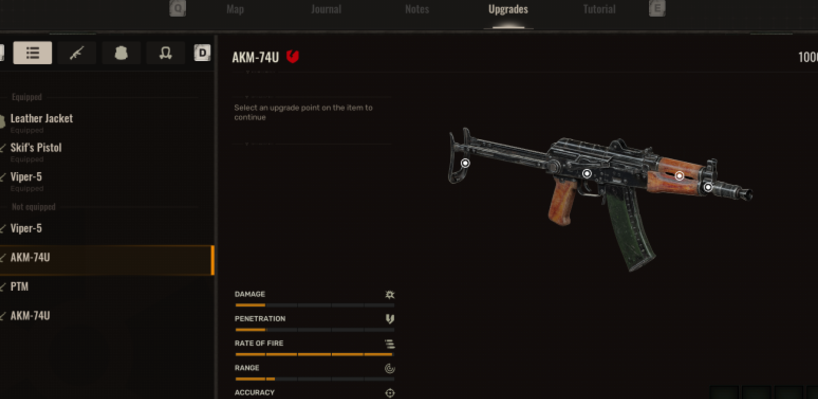
Manage Repair Costs
Repairing gear isn’t free, and the costs increase as the item’s condition worsens. This means that repairing a weapon in the yellow category is far cheaper than fixing one in the red. As a general rule of thumb:
- Repair before durability drops below 50%. This keeps costs manageable and prevents your items from becoming resource sinks.
- Budget wisely. If you’re running low on Coupons (the game’s currency), prioritize repairing essential items like your main weapon or protective suit.
Tips for Managing Broken Weapons
Unload and Discard
If a weapon reaches the red durability stage and you don’t plan on repairing it, your best option is to unload it and leave it behind. This allows you to reclaim any ammo still in the gun, which can be critical for survival.
Additionally, dropping broken weapons frees up inventory space for new, functional items. Carrying red-durability weapons serves no purpose, as they can’t be sold to vendors and are too expensive to repair without a strong sentimental attachment.
Use the Stash
For weapons or gear you absolutely love, consider storing them in your stash until you can afford to repair them. Stashes are secure storage spaces available at key locations, allowing you to safely hold onto broken items without sacrificing inventory slots.
Should You Keep Broken Weapons?
This is the million-dollar question, and the answer depends on your priorities:
- Repair It: If you’ve grown attached to a specific weapon perhaps it’s a rare find or perfectly suited to your playstyle go ahead and repair it. Just be prepared to invest time and resources.
- Let It Go: For most broken weapons, the repair costs outweigh their resale value or utility. Unload them, discard them, and move on.
- Collect and Sell (Not Recommended): While some players opt to collect broken weapons, repair them, and sell them to vendors, this strategy is generally not worth the investment. Repair costs far exceed the payouts you’ll receive.
Proactive Strategies to Prevent Breakage
The best way to deal with broken weapons? Don’t let them break in the first place. Here’s how you can stay ahead:
- Regular Maintenance: Make frequent trips to a Technician to repair your gear before it deteriorates too much.
- Rotate Weapons: Using the same weapon constantly accelerates its wear and tear. Rotate between multiple guns to spread out the durability loss.
- Monitor Durability Gauges: Keep a close eye on your gear’s condition and plan repairs accordingly.
Broken Gear in the Wasteland
When exploring Stalker 2’s expansive world, you’ll occasionally come across broken gear. While it’s tempting to pick up every item you find, remember that red-durability items are essentially junk. Instead, focus on collecting functional gear and looting valuable resources like ammo, medical supplies, and crafting materials.
Managing weapon durability in Stalker 2: Heart of Chornobyl is all about balancing your resources and priorities. While it can be frustrating to deal with broken weapons, the game’s repair system adds a layer of realism and strategy to the experience. By staying proactive and making smart decisions about which items to repair or discard, you’ll be well-equipped to handle whatever the Zone throws at you.
FAQs
1. How do I know if a weapon is worth repairing?
If the weapon is rare, highly effective, or perfectly suited to your playstyle, it’s worth repairing. However, if it’s a common gun or easily replaceable, consider discarding it to save resources.
2. Can I repair items on my own without visiting a Technician?
No, repairs in Stalker 2 must be done by Technicians. However, upgrading your gear can help reduce the rate of durability loss.
3. Are there crafting options for repairing broken gear?
At the time of writing, Stalker 2 does not include a crafting system for repairing items. Technicians are your only option for repairs.
4. Can I sell red-durability weapons to vendors?
No, vendors will not buy weapons or gear marked with a red durability gauge.
5. How do I find Technicians?
Technicians are marked with a wrench icon on your map and are typically located in towns or areas with friendly NPCs.
